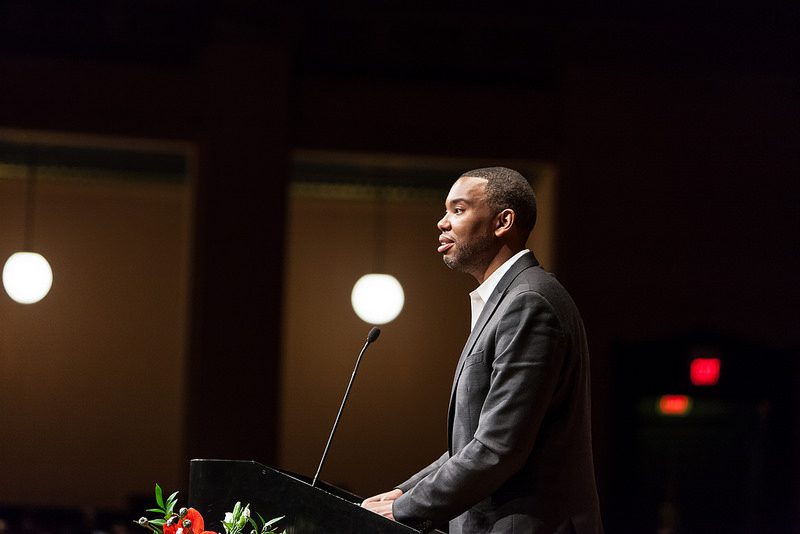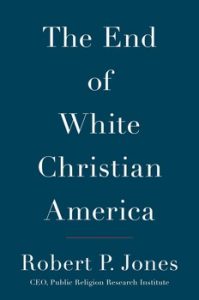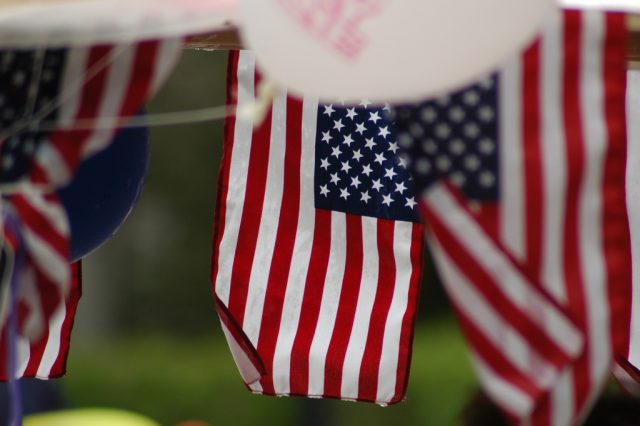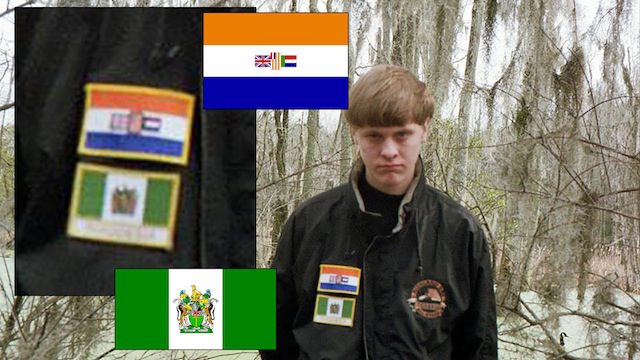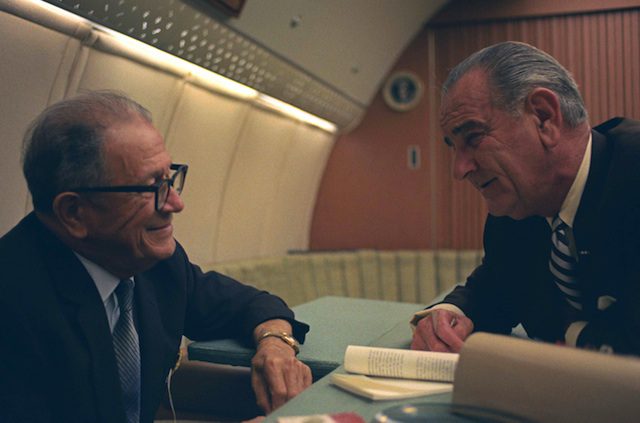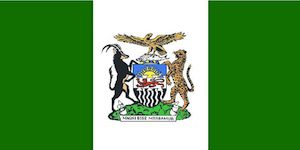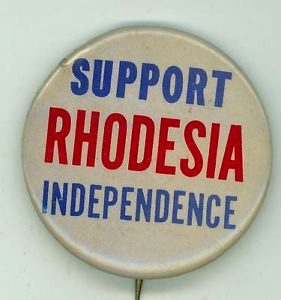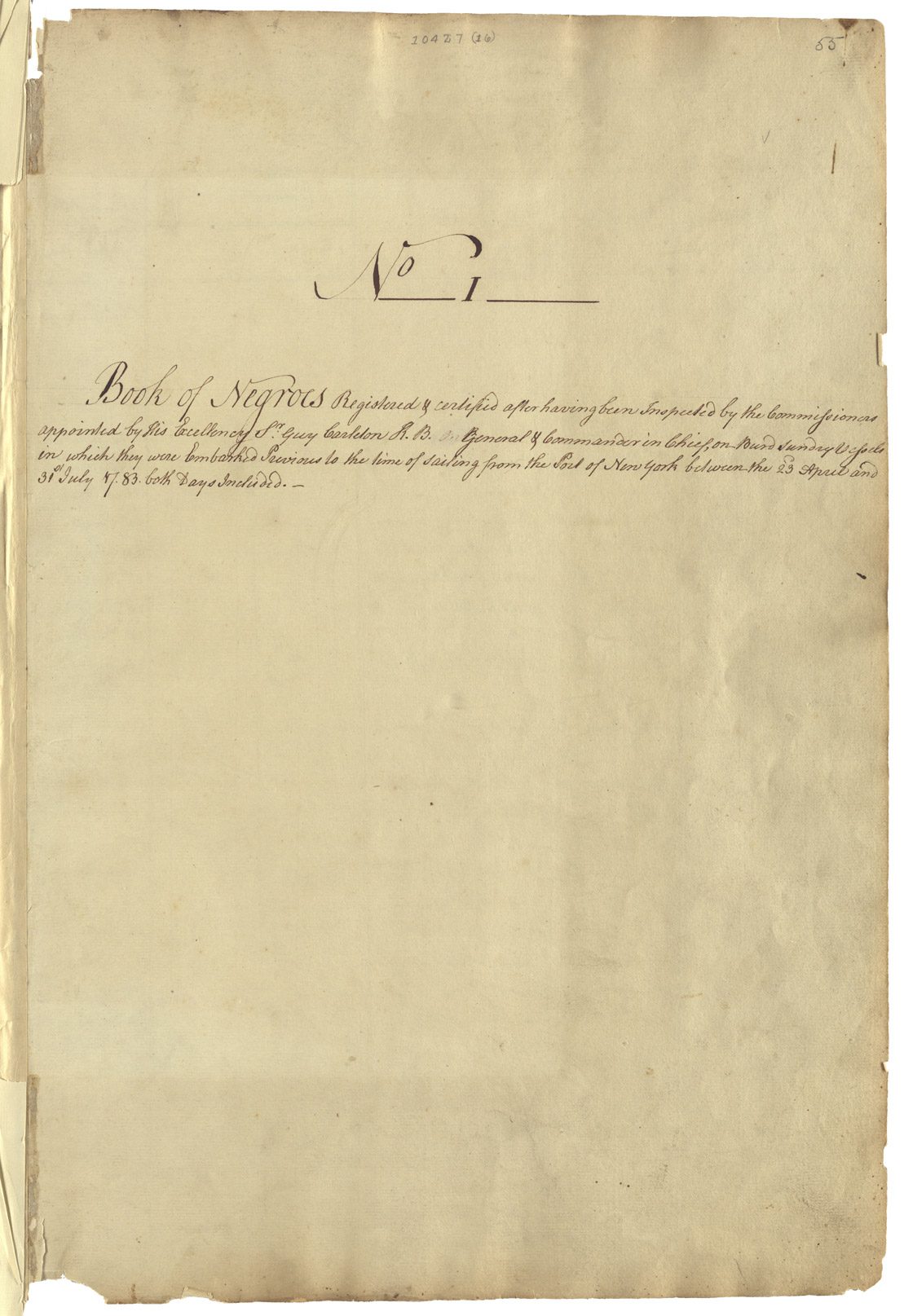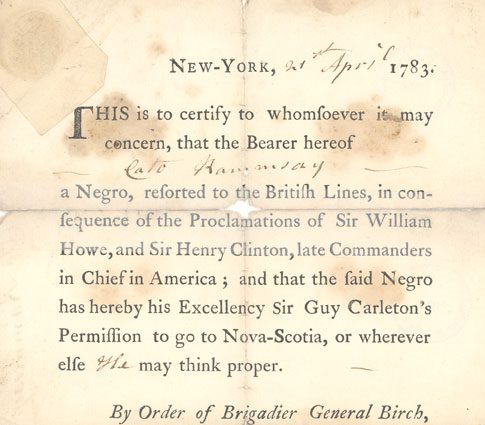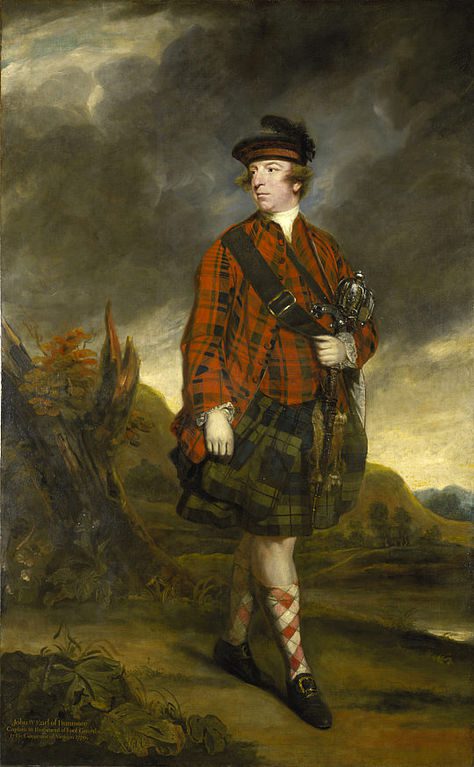Few British politicians in the 20th century have been as inflammatory as Enoch Powell. On April 20, 1968, the Conservative MP and Shadow Defence Secretary criticized mass immigration from the Commonwealth into the UK during an address to the Conservative Political Centre in Birmingham. Dubbed the “Rivers of Blood” speech, Powell claimed that the anti-discrimination Race Relations Bill of 1968 would provide immigrant communities with the means to “overawe and dominate the rest with the legal weapons which the ignorant and the ill-informed have provided. As I look ahead, I am filled with foreboding; like the Roman, I seem to see ‘the River Tiber foaming with much blood.’”
Powell’s speech caused uproar. The Times condemned it as “an evil speech” and Powell was promptly dismissed from the Shadow Cabinet by Conservative leader Ted Heath. However, Powell had his supporters. In fact, a Gallup poll in 1968 found that 74% of respondents supported his suggestion of repatriation. Powell subsequently became a mythologized and divisive figure. For the far-right, “Enoch was right” became a key rallying cry of anti-immigrant sentiment. For many on the center and the left, Powell embodies an openly vitriolic, racist strand of British politics.
BBC Radio 4, a highbrow wing of Britain’s public service broadcaster, decided to air a dramatic reading of Powell’s speech interspersed with commentary from journalists and academics in commemoration of the speech’s 50th anniversary. The presenter, BBC media editor Amol Rajan, promoted the program on Twitter, claiming that “on Saturday, for 1st time EVER, Enoch Powell’s Rivers of Blood speech will be read in full on UK radio.” The BBC has widely come under fire, most forcibly from Labour peer Andrew Adonis and academics. Dr Shirin Hirsch, who had been interviewed for the broadcast, tweeted that she was “disgusted by the way the BBC are promoting this show. I made a mistake and was interviewed for this but I have been sick with worry since seeing the way this is being presented.” Considering the divisive nature of Powell’s speech, many questioned the decision to give an uncritical platform to the far-right while others focused more on the decision to commemorate the speech at all. Rajan later defended the decision by arguing that “the speech is broken up, and critiqued by voices from across the spectrum. Not just read out in a single go.”
On Saturday, for 1st time EVER, Enoch Powell's Rivers of Blood speech will be read in full on UK radio (by actor Ian McDiarmid). Please join us @BBCRadio4 8pm. Super-brains Nathan Gower + David Prest have done an amazing production job. Great guests too: https://t.co/3XvDMSH16d
— Amol Rajan (@amolrajan) April 12, 2018
The BBC’s broadcast touches on numerous ethical and methodological issues for public historians. How do we deal with difficult subject matter? What is the best medium for a critical analysis of such an incendiary speech? How should such a broadcast be marketed? What are the risks of presenting the speech as a commemoration? Its hype as “the first time” the speech had been broadcast was fundamental to the controversy. Historians often use anniversaries as an opportunity to disseminate their own work and engage with a public audience. In this instance, the seemingly celebratory nature of the significance of Powell’s speech was widely criticized. Historicizing Powell’s speech is important and we have to establish critical and reflective ways of covering Powell in the wider context of race relations in Britain. There is no singular correct way to do this, but a dramatic reenactment of the speech seems inappropriate, especially as there is no recording of Powell’s most famous and divisive line, “I seem to see ‘the River Tiber foaming with much blood.’”
This is not to say that Enoch Powell should be ignored. Powell’s speech represents an important juncture in British political and cultural history. Prior to the Commonwealth Immigrants Act of 1962, Commonwealth citizens had extensive rights to settle in the UK. Race riots, most notably in Notting Hill and Nottingham in 1958, inflammatory speeches (such as Powell’s), and restrictive immigration laws were indicative of intense debates surrounding race relations in the UK. In 1964, the hugely controversial election in Smethwick in the West Midlands highlighted the prevalence of racism in British politics, as the Conservatives were widely reported as adopting the slogan “if you want a n****r for a neighbour, vote Labour.” By the time British citizens of South Asian origin faced a campaign of discrimination from the Kenya African National Union (KANU) government in 1967, racial tensions and white British concerns over the influx of immigrants from the Commonwealth were immensely influential over government policy. The Kenyan Asian crisis, as it came to be known, prompted the Commonwealth Immigrants Bill in 1968, which reduced immigration from the Commonwealth to 8500 per year and a mere 1500 from Kenya specifically. 80,000 people in Kenya, who had previously been entitled to British passports as Citizens of the UK and Colonies, were effectively rendered stateless. In an effort to appease their critics, the Labour government passed the Race Relations Act in 1968. The act made it illegal to refuse housing, employment or public services to a person on the grounds of race or national origins. Powell rallied against the Labour government’s bill and the levels of immigration, arguing that it was “like watching a nation busily engaged in heaping up its own funeral pyre.” He believed that racial tensions “of American proportions” which were “interwoven with the history and existence of the States itself, is coming upon us here by our own volition and our own neglect.”
The specific context to Powell’s speech is often forgotten and there are historical and political ramifications in understanding its background and subsequent influence. For the left, so eager to portray the Labour party as the bastions of racial equality, it represents a colossal failure in terms of immigration and race relations for Harold Wilson’s government. On the far-right, Powell’s mythology is increasingly synonymous with all anti-immigrant sentiment. Understanding Powell’s background illuminates why his speech was so dangerous. Powell has been caricatured as a demagogue and a rambling racist, but he was a highly respected, classical scholar with an astute awareness of how he could manipulate history for political means. Powell believed history “was always a series of myths and the point was to choose the most appropriate ones for the hour of national need.” He was an articulate and charismatic orator. This was no incoherent, raving outsider, but a calculated and educated member of the political elite.
This is what made his speech so divisive and why it continues to have relevance in British political life to this day. In 2014, comedian Russell Brand called UKIP leader Nigel Farage a “pound shop Enoch Powell” on the BBC’s political TV show Question Time. Welsh UKIP leader, Neil Hamilton, defended Enoch Powell, arguing the idea that Powell was a “racist villain” is “absolute nonsense.” Even more recently, Commonwealth immigration has hit the headlines with the Home Office coming under fire for destroying landing cards from the “Windrush generation,” with thousands of children who were brought to Britain from the West Indies in 1948 now at risk of deportation. Days ago, Labour MP David Lammy, lambasted the Prime Minister and Home Secretary for appeasing the anti-immigrant sentiment of the far-right, arguing that “if you lay down with dogs, you get fleas.” The ghost of Enoch Powell looms large over UK politics. We would do well to figure out an appropriate way to discuss Powell’s speech in its historical context as well as how it fits into contemporary political discourse. Understanding Powell’s strand of racist rhetoric derives from a closer reading of his speech and the context in which he delivered it. In this sense, the BBC’s decision to critique the speech amidst the dramatic reading is important. However, if Britons are to have a more meaningful discussion about the history of race relations, then the discussion must go beyond a dramatization of Powell’s speech. Moreover, public scholars need to do more thinking in terms of how to appropriately frame such a difficult discussion.
Also by Edward Watson on Not Even Past:
Review of Empire of Cotton: A Global History by Sven Beckert
Did Race and Racism Exist in the Middle Ages?
History Museums: Race, Eugenics, and Immigration in New York History Museums
History in a “Post-Truth” Era
The views and opinions expressed in this article or video are those of the individual author(s) or presenter(s) and do not necessarily reflect the policy or views of the editors at Not Even Past, the UT Department of History, the University of Texas at Austin, or the UT System Board of Regents. Not Even Past is an online public history magazine rather than a peer-reviewed academic journal. While we make efforts to ensure that factual information in articles was obtained from reliable sources, Not Even Past is not responsible for any errors or omissions.

